On 21 July 2006, Honda set an F1 land-speed record at the Bonneville salt flats in Utah. It still stands undefeated 19 years later.
South African racing driver Alan van de Merwe, who was the F1 medical car driver between 2009 and 2021, was at the wheel of an adapted BAR 007, the chassis Jenson Button and Takuma Sato raced in the 2005 F1 season.
A project two years in the making, he achieved a speed of 397.360km/h (slightly under 246mph), just shy of its 400km/h target. Although in testing at the Mojave Desert, the car reached a sensational 413.205km/h.
"We knew it was a ridiculous idea because the marketing department [at BAR-Honda] had come up with this magic number of 400km/h," Van de Merwe told F1 in 2017.
"We’d said it wasn’t possible: the cars do the speed they do on the track – 360-370km/h with a tow – and that’s it: you can’t make them go faster.
"They said ‘Just add more horsepower’ – but it’s not a case of simply turning a screw and adjusting a valve here and there. We thought we’d need to double the horsepower to achieve 400km/h."
The car was modified over time, with a slim tail fin added to the rear for stability in place of a conventional F1 rear wing.
The article continues beneath the YouTube video about the project.
A changed perspective
As an FIA-sanctioned record, the attempt was recorded twice, to account for wind-assistance, with the two runs in opposite directions being averaged for a final speed, which is why what the team achieved in the Mojave Desert did not count.
In an early run at Bonneville, the car did reach over 400km/h, but could not replicate that speed on the second leg, leaving the team to settle for just under the mark it had set itself.
However, the 45-year-old was not disappointed with falling just shy of the target, saying: "To be honest, we shouldn’t have got that close!
"I think we would have needed a completely different tool for the job to do 400km/h, but we had a lot of fun getting really, really close - and we have the record. It was a unique project and I’m very lucky to have been part of it.
"It changed my point of view on land speed racing, too. Because I was a circuit racer, at first I didn’t get it. I’d look at those 2000hp American things built in someone’s backyard and not get it. I understood that it must be fun, but I couldn’t see how people became addicted to it: just driving in a straight line out on the salt, trying to find that extra tenth of an mph. I didn’t really see the point of that.
"Working on the project changed my point of view. We were 50 or 60 people, and it took us two years to achieve what we achieved. You learn that what happens on the salt is the tip of the iceberg. Finding that extra tenth has maybe taken nine months of effort.
"It’s the same as running a car on the track: everyone has to give 100 percent; everyone has to optimise their little bit and, if they don’t, you’re not going to find that tenth - but when you do, it’s very satisfying. I don’t think anybody on the project looks back and thinks it was a waste of time - we all got something out of it."
Don't miss out on any of the Formula 1 action thanks to this handy 2026 F1 calendar that can be easily loaded into your smartphone or PC.
Download the calenderMost read
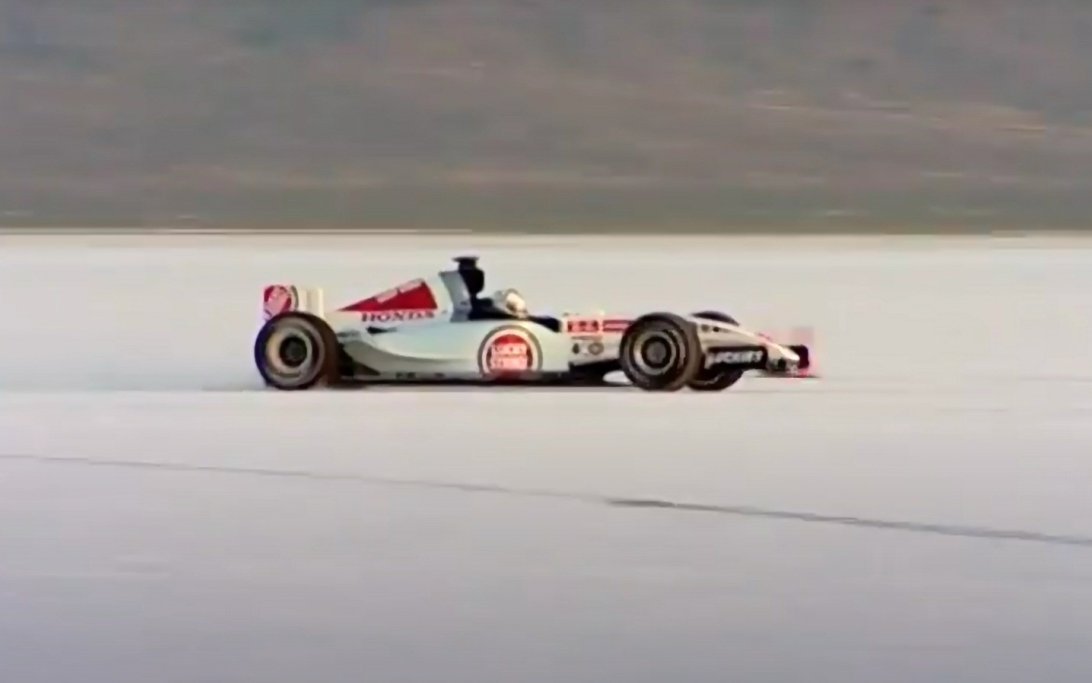
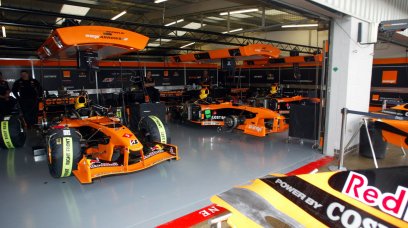
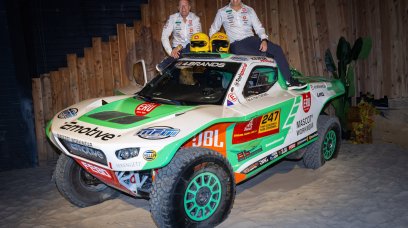
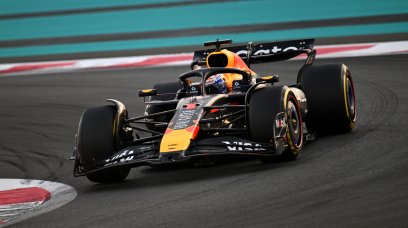
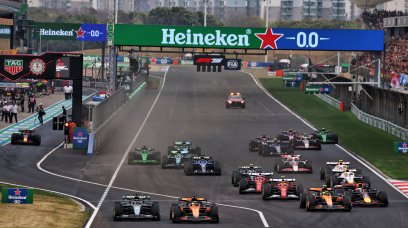
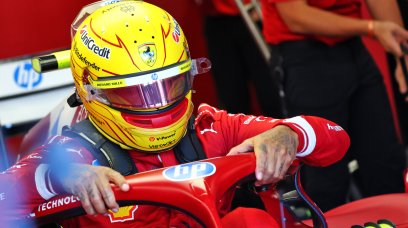

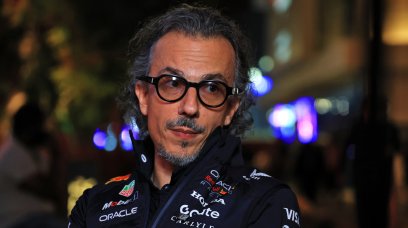
Join the conversation!